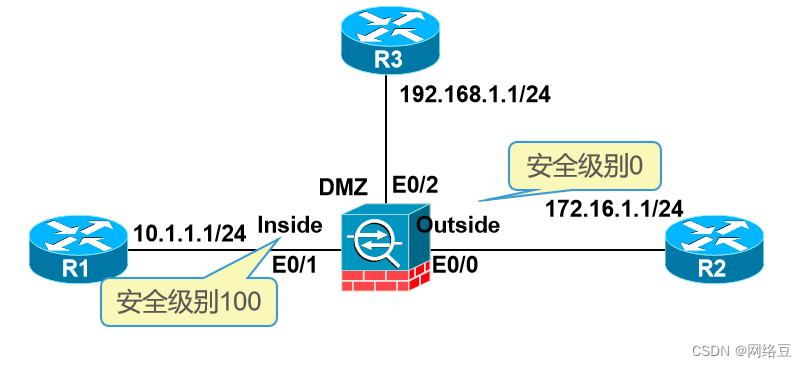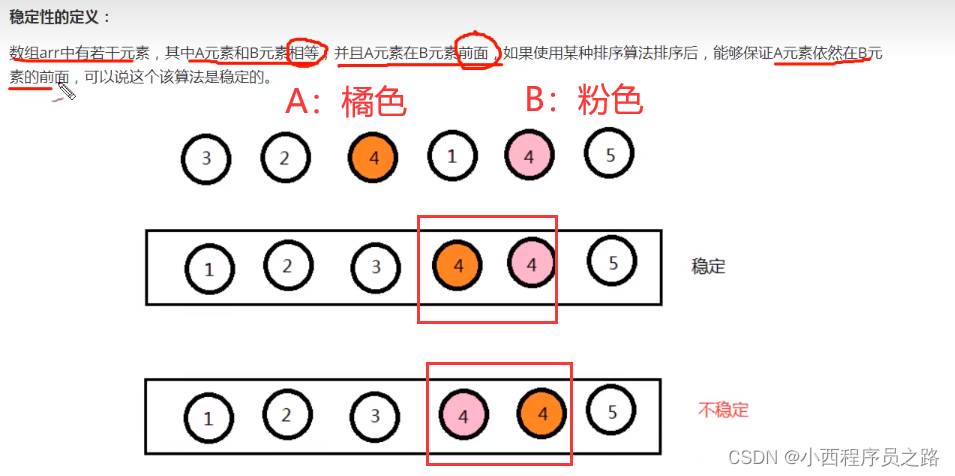Xilinx IOBUF 的用法
文章目录
- Xilinx IOBUF 的用法
- 一、概念
- 1. 基本概念
- 2. 硬件结构
- 2.1 IOBUF
- 2.2 OBUFT
- 二、实例
- 三、参考文献
一、概念
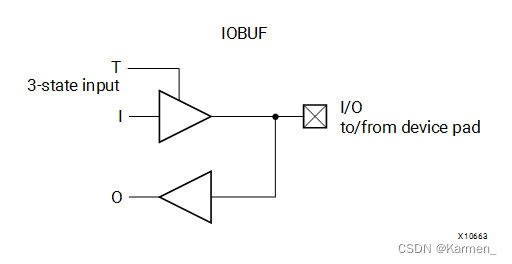
1. 基本概念
**应用场景:**在vivado中,连接的管脚的信号一般都会自动添加OBUF或IBUF。但是对于inout类型的接口,不会主动添加IOBUF,因为in/out切换需要控制信号,需要用户自己分配好。
**Xilinx官网原文:**The IOBUF primitive is needed when bidirectional signals require both an input buffer and a 3-state output buffer with an active-High 3-state T pin. The IOBUF is a generic IOBUF. A logic-High on the T pin disables the output buffer. When the output buffer is 3-stated (T = High), the input buffer and any on-die receiver termination (uncalibrated or DCI) are ON. When the output buffer is not 3-stated (T = Low), any on-die receiver termination (uncalibrated or DCI) is disabled.
I/O attributes that do not impact the logic function of the component such as IOSTANDARD, DRIVE and SLEW should be supplied to the top-level port via an appropriate property. For details on applying such properties to the associated port, see the Vivado Design Suite Properties Reference Guide (UG912).
**个人翻译:**当双向信号需要输入缓冲区和带active-High 3态T引脚的3态输出缓冲区时,需要IOBUF原语。IOBUF是一个通用的IOBUF。T为高电平时关闭output buffer(I端口)。当output buffer为3-state (T = High)时,input buffer和任何固定接收器终端(未校准或DCI)均为有效。当输出缓冲区不是3-state (T = Low)时,任何固定接收器终端(未校准或DCI)都是禁用的。
不影响组件逻辑功能的I/O属性(如IOSTANDARD、DRIVE和kill)应该通过适当的属性提供给顶级端口。有关将这些属性应用到相关端口的详细信息,请参见Vivado设计套件属性参考指南(UG912)。
Vivado原语:
// IOBUF: Single-ended Bi-directional Buffer
// All devices
// Xilinx HDL Language Template, version 2017.2
IOBUF #(
.DRIVE(12), // Specify the output drive strength
.IBUF_LOW_PWR("TRUE"), // Low Power - "TRUE", High Performance = "FALSE"
.IOSTANDARD("DEFAULT"), // Specify the I/O standard
.SLEW("SLOW") // Specify the output slew rate
) IOBUF_inst (
.O(O), // 1-bit output: Buffer output
.I(I), // 1-bit input: Buffer input
.IO(IO), // 1-bit inout: Buffer inout (connect directly to top-level port)
.T(T) // 1-bit input: 3-state enable input
);
**个人理解:**这玩意儿的解释有点绕,我们结合结构图、原文、原语来总结一下,大致是这么个意思:
首先,我为什么说它绕,因为IOBUF的O指的是IO_pin >> FPGA,也就是说这里的Output输出的主语是IO_pin,而不是FPGA;这里的 I 指的是IO_Pin << FPGA,同样主语是IO_pin,这里指的是输入到IO_pin。所以第一次使用的时候容易弄混。
再与结构图结合就很容易理解了,三态门T控制的是I端口能否有效输入:
- T拉高时,I端口停止工作,O端口向FPGA内部输出信号;
- T拉低时,I端口向IO_pin输入来自FPGA内部的信号,此时 O = I(因为O端口从这个方向上来说也是 I 的分支);
2. 硬件结构
2.1 IOBUF
官网原图:

Vivado综合后的RTL视图:
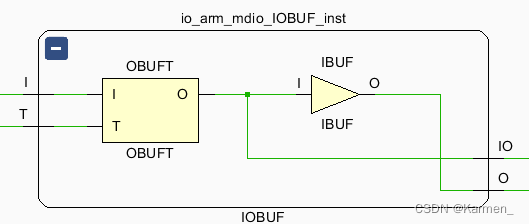
真值表:
|
|
|
| |
|---|---|---|---|
|
|
|
|
|
|
|
|
|
|
|
|
|
|
|
|
|
|
|
|
接口描述:
| Port | Direction | Width | Function | 带有个人情感色彩的翻译 |
|---|---|---|---|---|
| I | Input | 1 | Input of OBUF. Connect to the logic driving the output port. | OBUF的输入端,连接到Output端口的逻辑驱动 |
| IO | Inout | 1 | Bidirectional port to be connected directly to top-level inout port. | 双向端口被直接连接到顶层的inout端口 |
| O | Output | 1 | Output path of the buffer. | IOBUF的输出路径 |
| T | Input | 1 | 3-state enable input signifying whether the buffer acts as an input or output. | 3态门启用输入,表示IOBUF是作为输入还是作为输出。 |
2.2 OBUFT
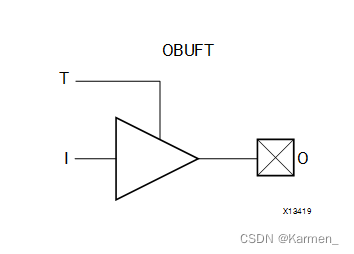
真值表:
|
|
| |
|---|---|---|
|
|
|
|
|
|
|
|
|
|
|
|
|
|
|
|
接口描述:
| Port | Direction | Width | Function | 带有个人偏见的翻译 |
|---|---|---|---|---|
| I | Input | 1 | Input of OBUF. Connect to the logic driving the output port. | OBUF的输入端,连接到Output端口的逻辑驱动 |
| O | Output | 1 | Output of OBUF to be connected directly to top-level output port. | OBUF的输出端被直接连接到顶层的output端口 |
| T | Input | 1 | 3-state enable input. | 三态门使能输入 |
二、实例
😡涉及内部机密,你不准看!
开玩笑的,隔几天更。
三、参考文献
Xilinx: IOBUF English
Xilinx: OBUFT English
KevinChase:【FPGA】xilinx IOBUF的用法
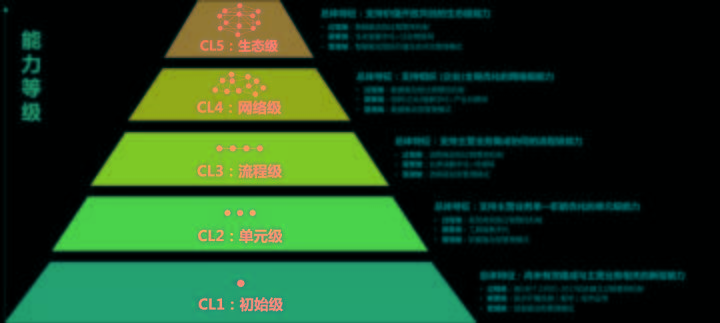




![[附源码]计算机毕业设计智能家电商城Springboot程序](https://img-blog.csdnimg.cn/750930540fb347069eb49c213cb415b3.png)


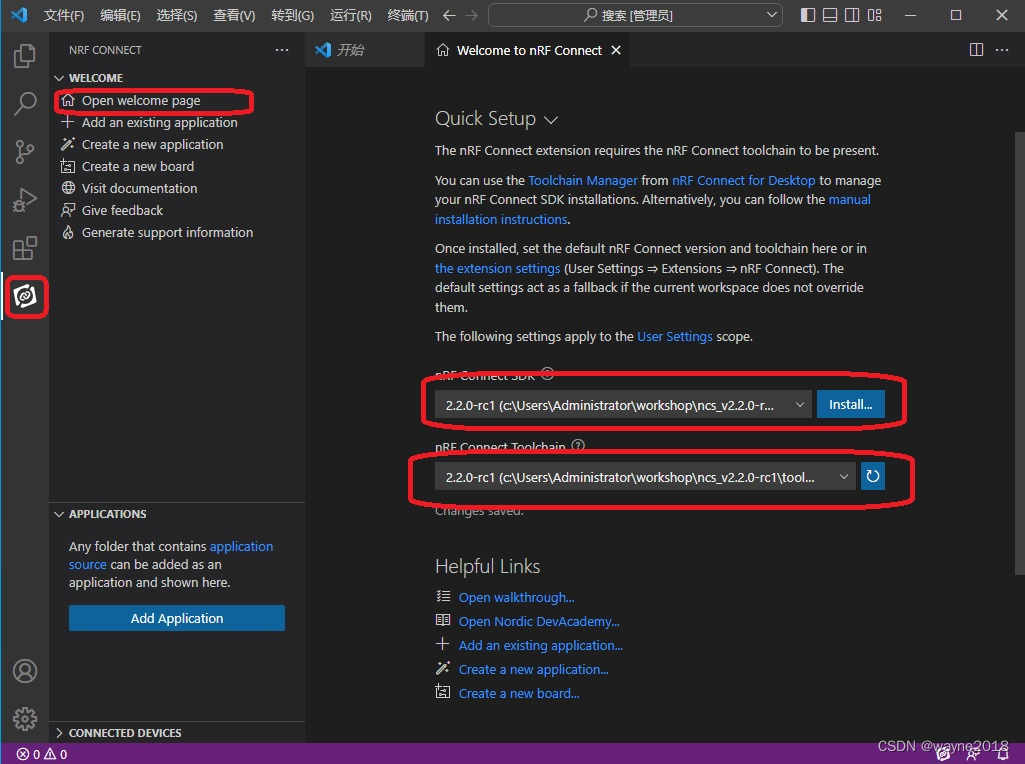

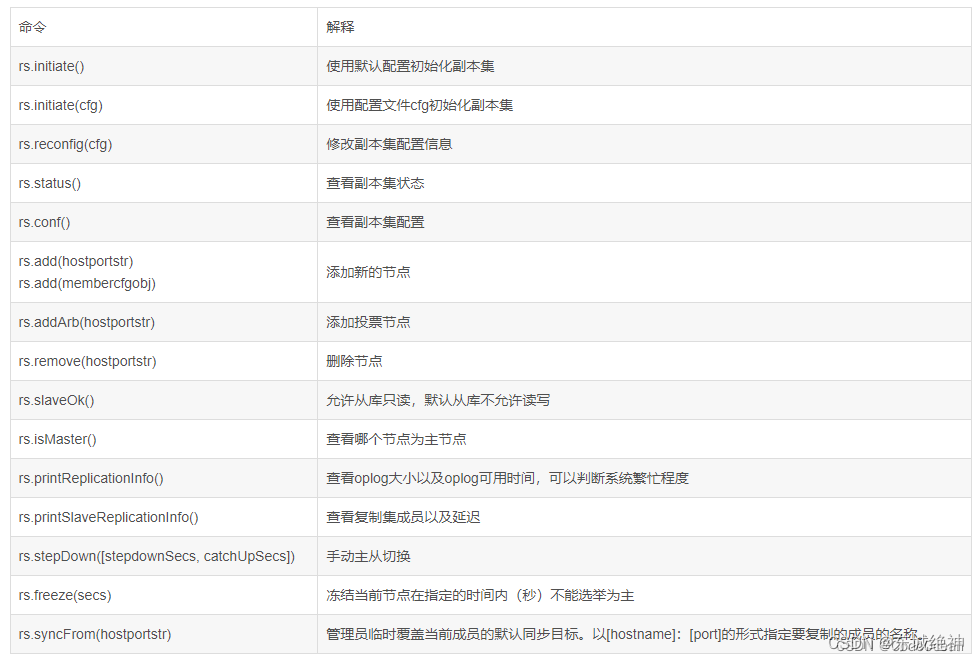
![[附源码]计算机毕业设计智慧园区运营管理系统Springboot程序](https://img-blog.csdnimg.cn/c8a38cd6f06942549577c91be1e9c6cf.png)
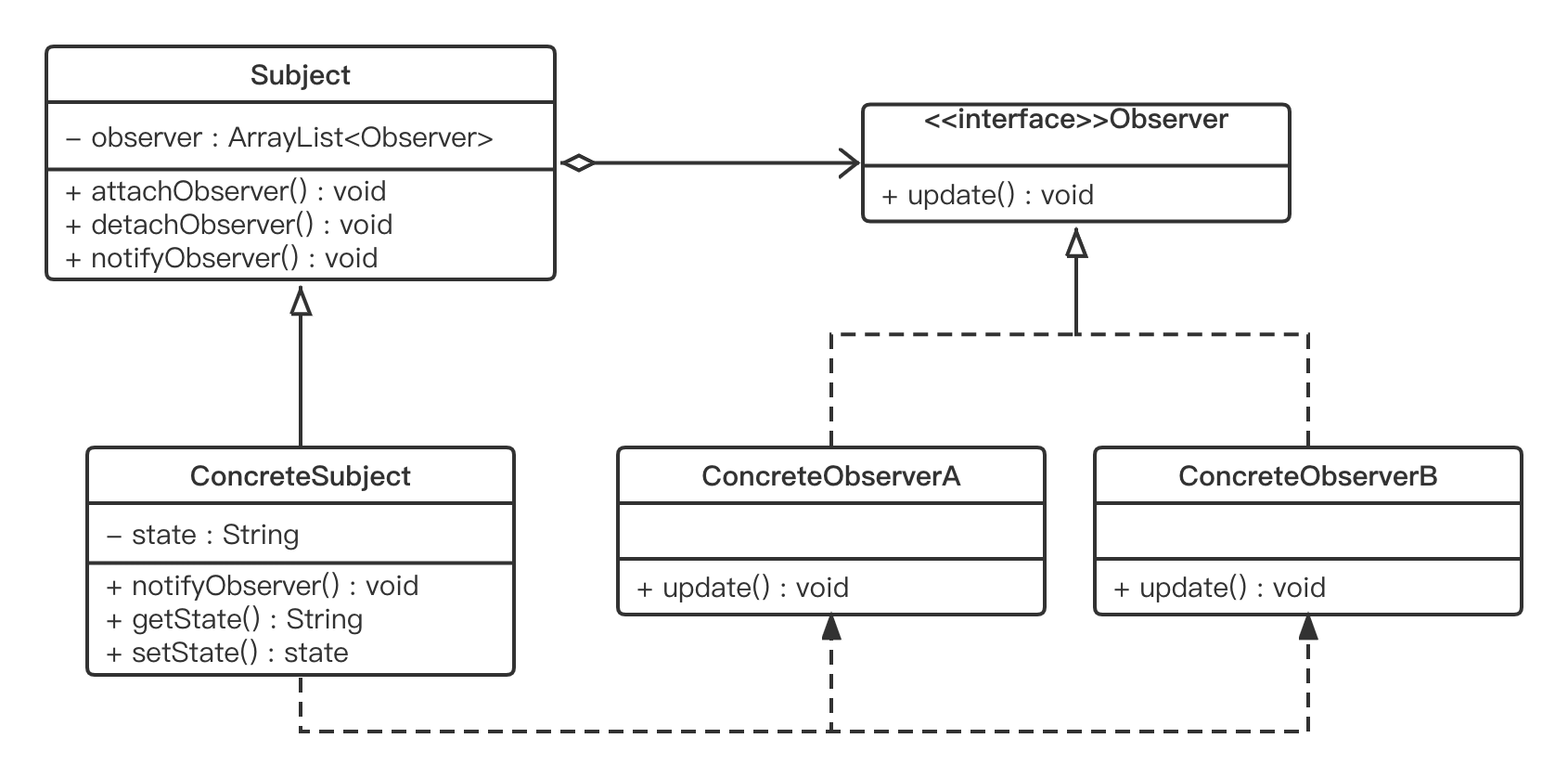



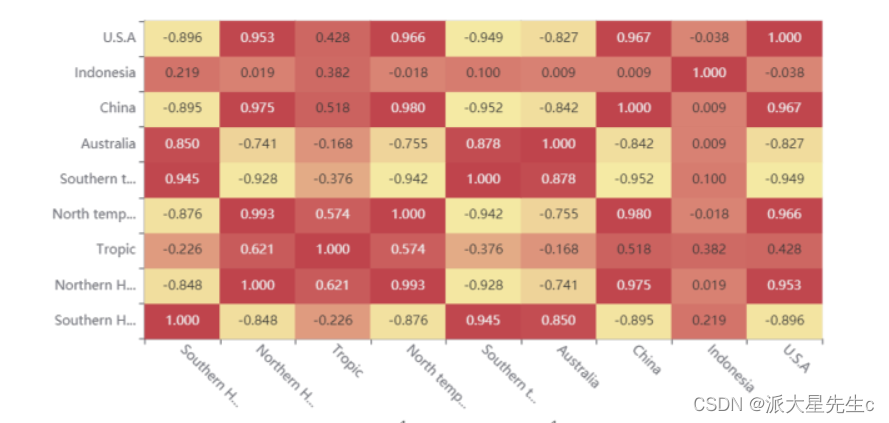
![[附源码]计算机毕业设计病房管理系统Springboot程序](https://img-blog.csdnimg.cn/9dd9ce6cceab4931a93629b5d3d1d768.png)
